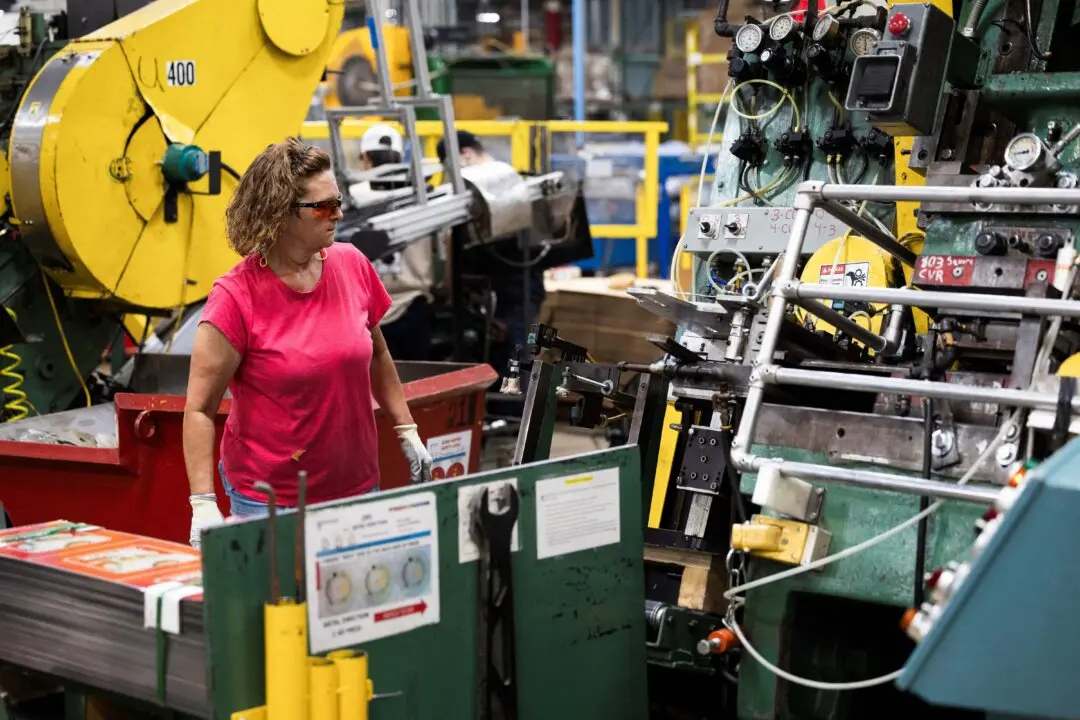The U.S. annual inflation rate surged in October at its fastest pace in 31 years, driven by skyrocketing food and energy prices. Staples found in kitchens across the country were more expensive, weighing on families’ monthly or weekly grocery budgets.
On the protein front, beef and veal prices increased 20.1 percent year-over-year. Pork cost 14.1 percent more, while ham prices rose 7.1 percent. The cost of chicken jumped by 8.8 percent; fish and seafood by 7.5 percent; and eggs by 11.6 percent.





